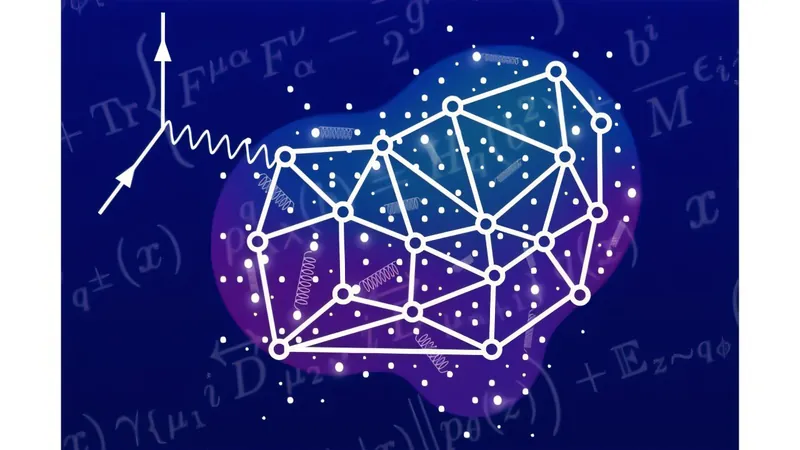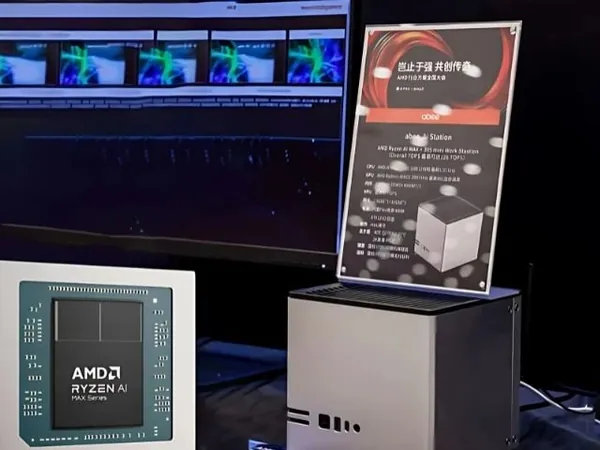
Revolutionizing Particle Physics: How AI is Decoding the Universe
2025-06-13
Author: Yu
In the quest to unlock the secrets of the universe, particle physics is experiencing a groundbreaking transformation thanks to artificial intelligence (AI) and machine learning (ML). These technologies are helping scientists dive deeper into the world of fundamental particles by enhancing our understanding of complex phenomena.
At the core of this exploration lies parton distribution functions (PDFs)—intricate mathematical models that reveal the distribution of quarks and gluons, the building blocks of protons found in atomic nuclei. PDFs are essential for predicting outcomes in high-energy physics experiments, particularly those conducted at the Large Hadron Collider, where protons collide to probe the fundamental forces of nature.
Modeling PDFs is notoriously challenging due to their complexity and the scarcity of experimental data. However, the advent of AI and ML equips researchers with powerful tools to analyze massive datasets generated by collider experiments.
Trailblazers in AI Physics at Argonne National Laboratory
The U.S. Department of Energy's Argonne National Laboratory is leading the charge with physicists Tim Hobbs and Brandon Kriesten at the forefront. They are harnessing AI/ML to overcome the hurdles of accurate PDF modeling, making it easier for scientists to discern patterns and underlying principles crucial for understanding particle behaviors.
"We're on the lookout for cracks in the Standard Model, which has been the foundation of particle physics since the 1970s. Despite its robustness, we know it’s incomplete, hinting at mysteries like dark matter," Hobbs shared.


 Brasil (PT)
Brasil (PT)
 Canada (EN)
Canada (EN)
 Chile (ES)
Chile (ES)
 Česko (CS)
Česko (CS)
 대한민국 (KO)
대한민국 (KO)
 España (ES)
España (ES)
 France (FR)
France (FR)
 Hong Kong (EN)
Hong Kong (EN)
 Italia (IT)
Italia (IT)
 日本 (JA)
日本 (JA)
 Magyarország (HU)
Magyarország (HU)
 Norge (NO)
Norge (NO)
 Polska (PL)
Polska (PL)
 Schweiz (DE)
Schweiz (DE)
 Singapore (EN)
Singapore (EN)
 Sverige (SV)
Sverige (SV)
 Suomi (FI)
Suomi (FI)
 Türkiye (TR)
Türkiye (TR)
 الإمارات العربية المتحدة (AR)
الإمارات العربية المتحدة (AR)